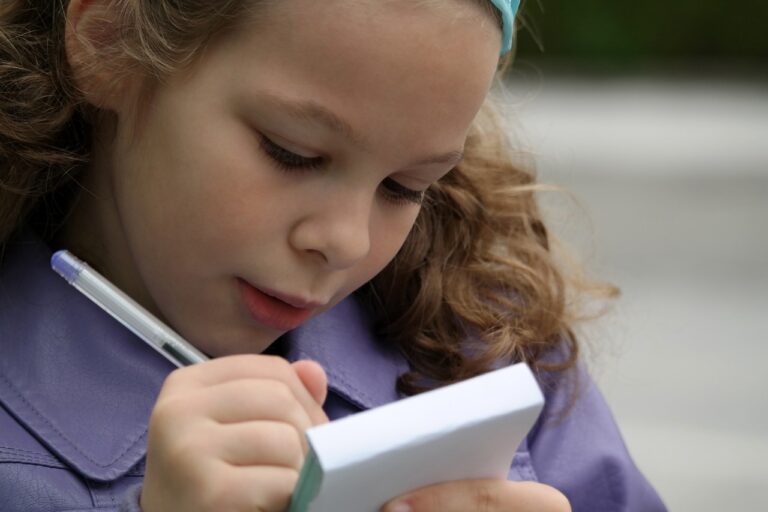Microlearning: Adapting to the Changing Landscape of Education
Microlearning is gaining popularity in the field of education due to its effectiveness in delivering information in digestible and targeted chunks. This method allows learners to access smaller, focused lessons that are easily manageable, promoting better retention and understanding. By breaking down complex topics into smaller modules, students can absorb the material more efficiently and apply their knowledge in practical scenarios.
Furthermore, the flexibility of microlearning enables students to learn at their own pace and convenience. This personalized approach caters to individual learning styles and preferences, fostering a more engaging and interactive educational experience. With the ability to access content anytime, anywhere, learners can take control of their learning journey and tailor it to fit their unique needs and schedules.
How Technology is Shaping the Future of Learning
Advancements in technology have revolutionized the way education is conducted and accessed. With the widespread availability of online platforms, students can now engage in learning anytime and anywhere. Virtual classrooms, video conferencing, and educational apps have made learning more interactive and engaging.
Additionally, technology has provided educators with tools to personalize learning experiences for students. Adaptive learning systems analyze students’ performance and tailor instructional content to meet individual needs. This personalization enhances student engagement and understanding, leading to more effective learning outcomes.
Technology has revolutionized the way education is conducted and accessed
Online platforms allow students to engage in learning anytime and anywhere
Virtual classrooms, video conferencing, and educational apps make learning interactive
Educators can personalize learning experiences for students using technology
Adaptive learning systems analyze student performance and tailor content to individual needs
The Role of Personalization in Microlearning
Personalization in microlearning plays a crucial role in tailoring educational experiences to meet the individual needs of each learner. By customizing content, pace, and activities based on the learner’s preferences, interests, and learning style, personalization enhances engagement and motivation. This individualized approach allows students to focus on areas where they need more support, leading to a more effective and efficient learning process.
Furthermore, personalization in microlearning fosters a sense of ownership and responsibility for one’s learning journey. When learners have the opportunity to choose the topics they want to explore and the pace at which they progress, they are more likely to take ownership of their education. This autonomy not only empowers students but also promotes a deeper understanding and retention of the material.
What are the benefits of microlearning in education?
Microlearning allows for on-demand and personalized learning experiences, increases engagement and retention, and provides opportunities for quick knowledge refreshers.
How is technology shaping the future of learning?
Technology is enabling the widespread adoption of microlearning through its delivery on various digital platforms, such as mobile devices and learning management systems. It also allows for the customization of content based on individual learner needs.
What is the role of personalization in microlearning?
Personalization in microlearning involves tailoring content to meet the specific needs and preferences of individual learners. This can include customizing learning paths, providing targeted feedback, and offering personalized recommendations for further learning.







